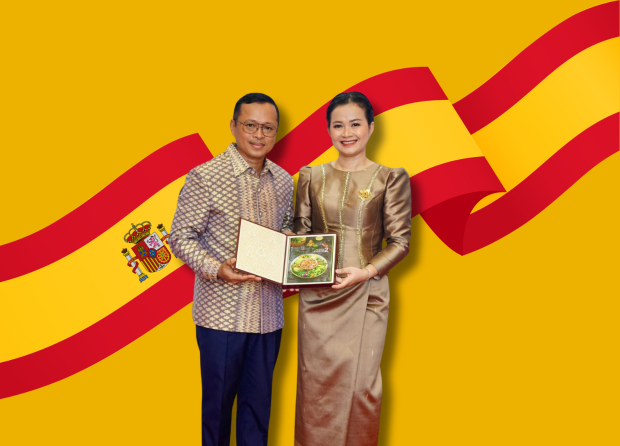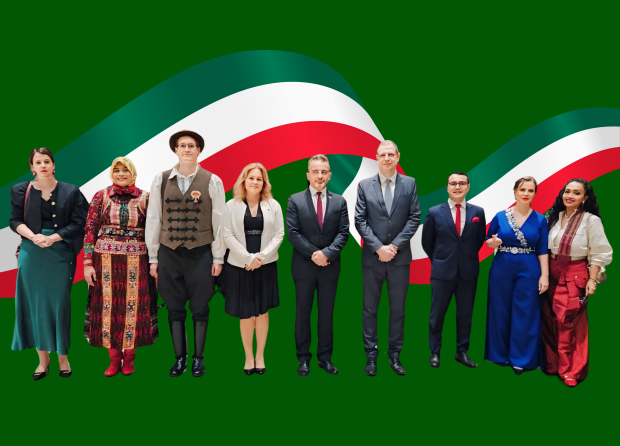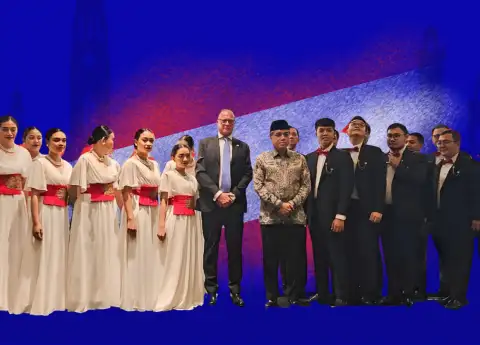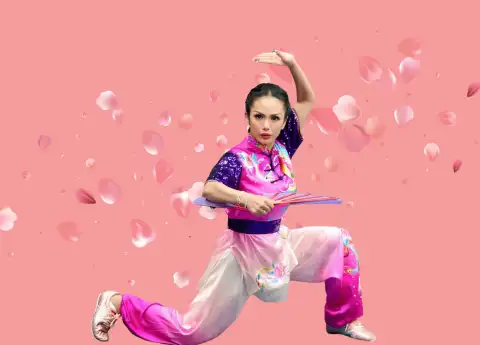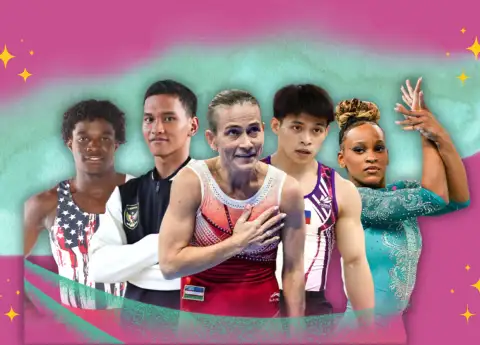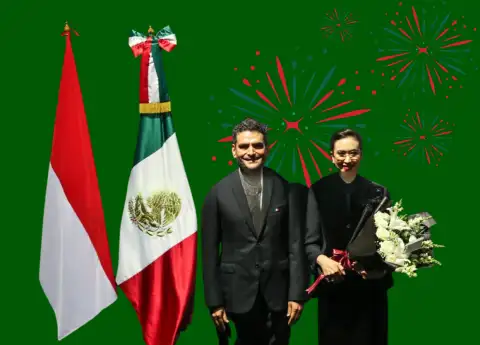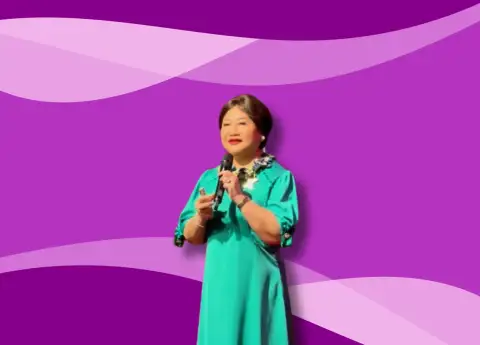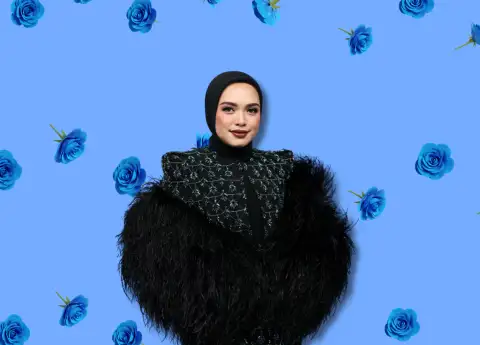THE FORGOTTEN REBEL ARTIST: WHY EMIRIA SOENASSA DESERVES A SPOT IN EVERY YOUNG CREATIVE'S RADAR
Once erased from the spotlight, Emiria Soenassa’s fearless art and untold story are finding new life among a generation eager to reclaim voices that history overlooked.

If you’ve never heard of Emiria Soenassa, you’re not alone—and that’s exactly the problem.
Shrouded in mystery, with even her birthdate and origin up for debate (possibly Tidore, North Maluku, around 1891), Emiria’s name is often missing from the usual lists of Indonesian pioneers. Yet her impact on the nation’s art scene is too bold, too rebellious, and frankly too cool to keep buried in the footnotes of history.
Before Frida Kahlo became a pop culture icon, before Yayoi Kusama dazzled the global art stage with dots and mirrors, Emiria was already breaking barriers in Indonesia. She wasn’t just any painter—she was one of the only women in the country’s first formal art movement, Persagi (Persatoean Ahli-Ahli Gambar Indonesia), founded in 1937. In a time when local women were rarely even allowed to dream of public recognition, Emiria was not only painting—she was exhibiting.
![Emiria Sunassa, Peniup Seruling dan Purnama [Flute Blower and Full Moon], 1958, oil on board, 80 × 60 cm, Collection of Iskandar Waworuntu](https://awarewomenartists.com/wp-content/uploads/2023/12/peniup-seruling-dan-purnama-flute-blower-and-full-moon-1958-oil-on-board-80-x-60-cm-collection-of-iskandar-waworuntu-aware-women-artists-artistes-femmes.jpeg)
![Emiria Sunassa, Bahaya Belakang Kembang Terate [Danger Lurking Behind the Lotus], c.1941–1946, oil on plywood, 90 × 60 cm, Collection of National Gallery Singapore](https://awarewomenartists.com/wp-content/uploads/2023/12/bahaya-belakang-kembang-terate-danger-lurking-behind-the-lotus-c19411946-oil-on-plywood-90-x-60-cm-collection-of-national-gallery-singapore-aware-women-artists-artistes-femmes.jpeg)
Her works were raw, human, and vibrant with life. Her painting Pasar (Market) earned her a major accolade during the Japanese occupation. Her piece Angklung was honored by the leading press of the time. While many artists conformed to colonial or nationalist ideals, Emiria painted with an emotional honesty that refused to be boxed in.
And then—she vanished.
In the late 1950s, Emiria Soenassa disappeared from the public eye. She died in Lampung in 1964, reportedly leaving behind her remaining artworks with a neighbor. No final gallery, no curated retrospective, no big museum tribute. Just silence.
But maybe not for long.
Today, as Gen Z and millennials reimagine the cultural canon, Emiria’s story is the kind of hidden history that begs for a comeback. She's not just a forgotten figure—she's a reminder that being bold, different, and ahead of your time often means being misunderstood. Until someone finds your voice again.
And maybe that “someone” is you.
#THE S MEDIA #Media Milenial #Indonesian art history #Emiria Soenassa #forgotten artists #women in art #Persagi #Southeast Asian artists #Indonesian female painters #art and identity #historical rediscovery #cultural heritage #Gen Z and art #feminist art history #museum representation #untold stories #artist spotlight




